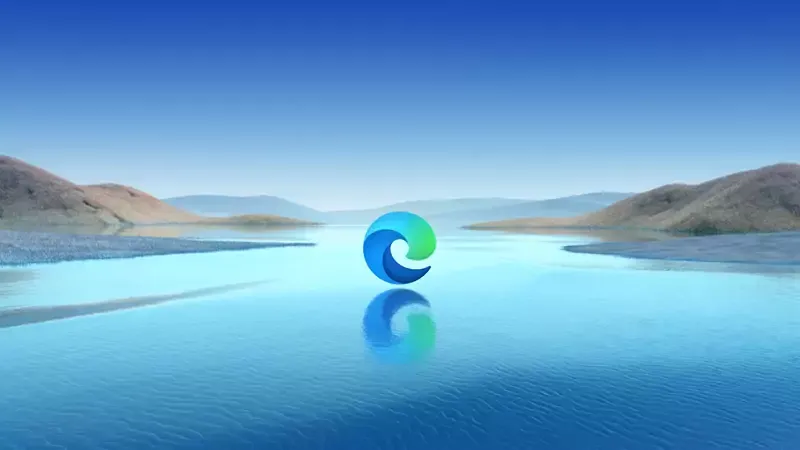After the Internet Explorer browser had reigned supreme for more than two decades, in 2015, Microsoft introduced Microsoft Edge as the new default internet browser on Windows PCs.
The browser has been well-received but, according to user figures from Microsoft itself, there are just 330 million active Microsoft Edge users, which is a far cry from the more than one billion people who use the leading web browser, Google Chrome.
But, just because Microsoft Edge is trailing behind, this doesn't mean that it is impossible for the browser to catch up. So, what is Microsoft doing to make an impact on this market share?

Regularly releasing updates
Crucial to establishing Microsoft Edge as a go-to web browser is that Microsoft is continuously releasing updates for the browser. While it made a splash when it first launched just over two years ago, making improvements in order to adapt to the shifting ways in which we use the internet.
The latest Microsoft Edge update changelog added a whole host of features, including support for full-screen mode in order to let users "take full advantage of your screen real estate" by removing the browser's frame so that you only see the webpage. It also added something called "clutter-free printing" which removes ads and other "clutter" when printing a page. These are small but very useful additions that improve the overall experience.
Support for gamers
There are 1.8 billion people who play games around the world and, as Microsoft knows well thanks to its Xbox business, appealing to gamers is a tough but lucrative challenge. This is perhaps why it has worked hard to establish Microsoft Edge is one of the best browsers for gaming, including compatibility with Xbox Live, allowing users to access the browser via their Xbox One consoles. It also lets users upload files to their PC through the Xbox One version of Microsoft Edge.
The Edge also follows Internet Explorer 11, which was known for its strong support of flash-based games. As such, the Edge has features for quality browser-based games baked in.
Ease of use
It's also extremely important that the Microsoft Edge browser is easy to use. Any sort of difficulty in using the browser, such as features that constitute clutter or anything that is wholly unuseful will turn users away. Indeed, Microsoft is banking on users being frustrated (or in some way unhappy) with the features offered by Google Chrome and Mozilla Firefox and that they will become an active Edge user instead.
Some of the strongest features in the Edge toolkit that promote ease of use are that of annotations, which is the ability to highlight and add notes to web pages that you're viewing. There's also the reading mode which declutters a site to make it look like a newspaper, which is handy if you enjoy reading long-form articles. Again, these don't seem like ground-shaking features but they are useful enough for someone to consider Edge over its competitor.
The market share gap between Microsoft Edge and other browsers is a vast chasm and it will take real effort on Microsoft's part in order to catch up. While that task won't be easy, it seems that Microsoft is pulling out all of the stops to take on the big browser dogs.
CodeProject





